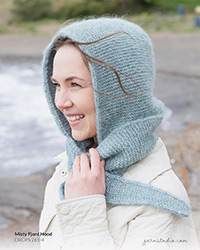DROPS Adventní kalendář · Už jste otevřeli dnešní dvířka?
Tipy & triky - háčkování
Zlepšete své háčkovací dovednosti pomocí našich výukových videí, v nichž uvidíte různé tipy a triky. Naučte se, jak vytvořit jako je magickou smyčku / kouzelný kroužek, háčkování do spirály, jak vytvářet pruhy a pod., ale také užitečné triky, například jak zpevnit své projekty pomocí vody s cukrem!




































